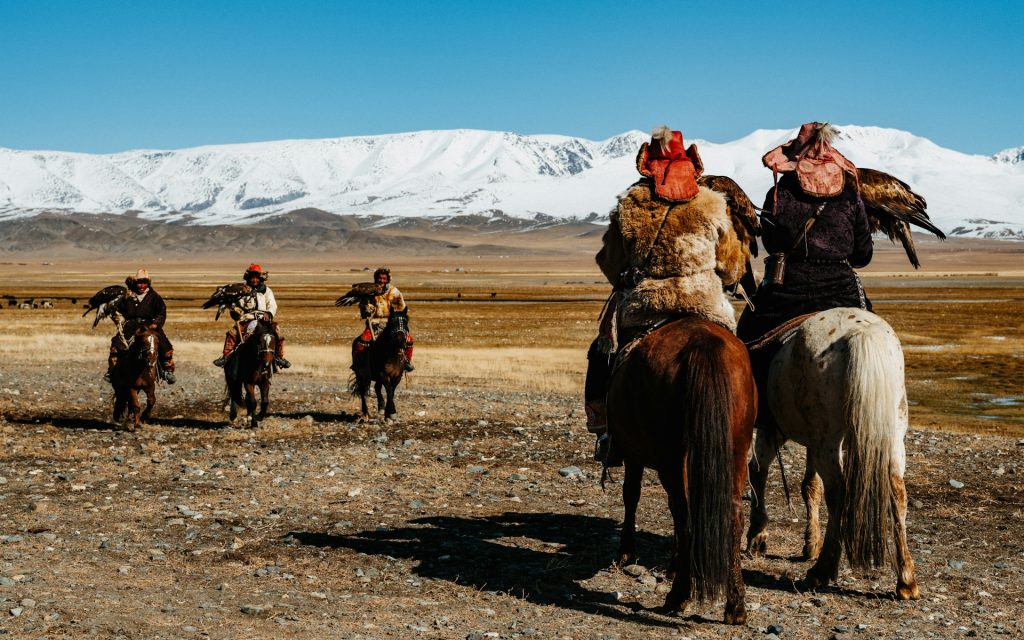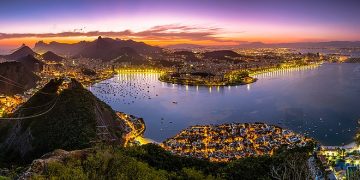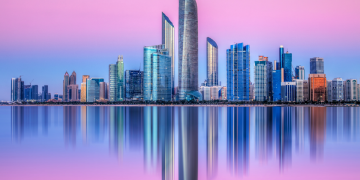Luxury Gers and Glamping Tours Blend Ancient Lifestyle with Eco-Amenities
In 2025, Mongolia’s Gobi Desert is proving that you no longer have to choose between isolation and indulgence. What was once considered a distant and difficult landscape has become one of Asia’s most compelling destinations for high-end nomadic immersion. Luxury gers—traditional felt-covered yurts—now sit quietly across the desert’s rust-red expanses, outfitted with eco-friendly amenities, artisanal furnishings, and views so vast they seem to stretch into eternity. A new generation of glamping tours in the Gobi has made it possible to experience the rhythm of nomadic life without giving up hot showers, fresh meals, or a comfortable night’s sleep.
At the heart of this shift is a careful blending of heritage and hospitality. Ger camps have evolved far beyond the utilitarian dwellings of the past. Today’s luxury gers are equipped with solar-powered lighting, wood-burning stoves, wool-lined walls for insulation, and hand-carved Mongolian furniture. Many include ensuite bathrooms with composting toilets and running water systems sourced from deep desert wells. Linen-draped beds replace sleeping mats, and instead of mutton stew cooked over firewood, guests dine on multi-course meals made with local produce and herbs harvested from highland gardens. In every detail, there’s a balance—preserving the nomadic aesthetic while gently enhancing it with modern touches that respect the land and its traditions.
Tour operators offering these experiences often partner with local herder families, ensuring that tourism revenue directly supports rural Mongolian communities. The ethos behind these journeys is not about creating luxury for luxury’s sake but about crafting comfort that coexists with authenticity. The result is a new travel category emerging from the desert: mindful immersion that honors slowness, silence, and presence.
One Couple Shares 5 Days of Nomadic Rhythm and Silence
When Tom and Lina, a couple from the Netherlands, booked a five-day journey through the Gobi Desert in the summer of 2024, they weren’t entirely sure what to expect. Drawn to Mongolia’s stark beauty and the promise of off-grid living, they chose a small-group glamping tour designed around cultural encounters, nature walks, and unplugged contemplation. Their journey began with a bumpy drive south from Ulaanbaatar, passing grazing herds of camels, wild horses, and seemingly endless grasslands that eventually gave way to ochre cliffs and sand dunes.

Their base camp consisted of just six luxury gers nestled near the base of the Flaming Cliffs—a red-rock escarpment famed for its dinosaur fossils and fiery sunsets. Each morning, they awoke to the sounds of birdsong and distant hoofbeats. Instead of digital alarms, they followed the sun. Coffee was served just after dawn on a wooden deck overlooking the desert, accompanied by fresh-baked bread and yak-milk butter.
Their days followed a gentle rhythm. One morning was spent walking with a camel herder across the Khongoryn Els dunes, learning how to read wind patterns and spot fresh tracks. Another afternoon was devoted to helping a local family prepare a traditional dish called khorkhog—lamb slow-cooked with hot stones inside a sealed container. Each evening, the couple sat by the fire, sipping fermented mare’s milk under skies so clear that the Milky Way looked close enough to touch.
There was no Wi-Fi, no television, and no itinerary packed with forced entertainment. Instead, there were long silences—sometimes between each other, often with their hosts—that felt like a kind of meditation. Time stretched and softened. The absence of noise created space for presence. They kept journals, photographed shadows across the dunes, and napped in hammocks strung between saxaul trees.
For Tom and Lina, the trip’s magic wasn’t in the scenery alone. It was in the way it reshaped their relationship to time, technology, and even conversation. They spoke less, but listened more. They didn’t just witness nomadic life—they absorbed its pace, its simplicity, and its unspoken wisdom. And though their journey lasted only five days, they left with a feeling that they’d lived something timeless.
Appeals to Readers Longing for Unplugged Immersion
As more travelers seek reconnection through disconnection, Mongolia’s Gobi has become an unexpected sanctuary. It’s not just the lack of Wi-Fi or the raw beauty of the landscape—it’s the complete removal of modern urgency. In a world where everything arrives instantly, the Gobi offers delay, distance, and depth. For Roamcox readers craving a reset that goes beyond spa retreats and detox diets, the desert delivers something more elemental.
Unplugged immersion in the Gobi doesn’t mean deprivation—it means choosing essentials over excess. The physical environment demands a slower pace. Walking across dunes requires mindfulness. Watching goats graze or wind roll over the steppe is hypnotic in a way that restores attention spans damaged by scroll culture. The silence—true, resounding, unbroken silence—feels medicinal. Many travelers describe the experience as a kind of environmental therapy: a full-body grounding delivered by landscape, stillness, and wind.
Glamping in the Gobi appeals especially to those looking for meaningful travel that balances solitude with cultural depth. Unlike other luxury experiences that shield guests from the realities of place, the best Gobi journeys invite participation. Visitors are welcomed into homes, not just into photo ops. They learn to milk goats, build fire, bake bread in sand ovens, and understand how herders read weather shifts through clouds and stars.
These kinds of immersive experiences resonate because they offer not just escape but recalibration. They remind travelers that time isn’t always measured in productivity, that comfort doesn’t require air-conditioning, and that luxury can live quietly inside linen sheets, warm tea, and an unhurried day. As the world grows louder, the Gobi grows more magnetic—a horizon-wide whisper calling to those who’ve had enough of notifications and noise.
In 2025, glamping operators in Mongolia are expanding offerings to cater to families, writers, photographers, and even remote workers seeking short digital sabbaticals. New designs in gers include solar charging stations, composting systems, and climate-sensitive architecture. But the ethos remains rooted in simplicity. The goal isn’t to build “desert resorts” but to curate real desert life, with just enough comfort to keep travelers rested and nourished as they open themselves to a way of being that is older, quieter, and wiser than anything their devices can offer.





















